Palmetto Bluff Real Estate Company Sales Office
Office Hours
Monday-Friday 9am - 5pm
Saturday 9am - 4pm
Sunday 12 - 4pm
Saturday 9am - 4pm
Sunday 12 - 4pm
Butterflies are more than just a pretty flying insect in your garden; they’re also a pollinator, a biotic pollinator to be specific. Pollination can be defined as the transfer of pollen from one flower to another, not to be confused with fertilization (that’s an entirely different subject).
Pollination is categorized into two types – abiotic and biotic. Abiotic pollination relies on wind, water, or rain to transfer pollen, whereas biotic pollination relies on living organisms. Bees, wasps, flies, butterflies, and many more living organisms (even some kinds of bats) are responsible for more than 90% of all pollination. Pollination is the key to many plants’ survival; therefore, using biotic pollination, plants must learn how to attract certain pollinators.
Flowers often use their color to attract the kinds of pollinators they want. Flies see a spectrum of colors that make orange an attractive color, so they will most often be seen pollinating orange or yellow flowers. Hummingbirds see red better than other colors, so they are often found pollinating red or pink flowers. Beyond bright colors, flowers attract pollinators through a reward system. Pollinators are more likely to pollinate if they get something out of the deal too — a quid pro quo of sorts. Some flowers offer an oil that male insects cover themselves in, making them smell better to females. (Think of it like Axe body spray, for insects.) Flowers also offer pollen that bees use to feed their babies and nectar that many insects use as food. Lastly, some flowers decide to take the easy way out — “cheating” to achieve successful pollination. Take the cunning bee orchid. This sneaky flower’s velvety lip looks like a female bee. Males fly in to try to mate with it and end up pollinating the flower. Ethical or not, this is a remarkable example of floral mimicry and a highly-evolved plant-pollinator relationship.
Pollination wasn’t always this easy. Flowers and pollinators have adapted through time to get the most out of each other. Known as “Pollination Syndrome,” pollinators and flowers adapt to ensure that they are using each other to the best of their ability. In Madagascar, there is a type of orchid whose pollen spur is almost a foot long! Darwin discovered this plant and put forth the thesis that there must be a certain type of insect that has a tongue long enough to reach the pollen. While Darwin never lived to see it, he was correct. A moth was later found with a tongue able to reach the pollen. Over time, both the orchid’s pollen spur and the moth’s tongue have gotten longer, adapting to one another.
Beetles are an example of a “clumsy” pollinator. They don’t have the ability to hover over a flower or manipulate the flower, so they often look for large flowers in tight-knit quarters, like magnolias or pond lilies. Topped with plumes of fluffy yellow flowers, goldenrod (sometimes thought to be a weed), springs up en masse in the summer, so that insects, like beetles, can pollinate them easier. Knowing what certain insects look for in pollination locations makes conservation easier. If you want more beetles, plant large flowers in large groups.
While most pollinators are easy to accommodate (preferring the same plants their entire life), there are exceptions. Butterflies are hard to conserve because caterpillars and adult butterflies need different plants to survive – so instead of planting one flower, you must plant two, in proximity. Monarch caterpillars need milkweed leaves to survive while monarch butterflies find their source of nectar many different flowers.
The best way to help pollinators be successful is to plant native flowers in your garden that target the specific type of pollinator that you desire. And don’t be afraid to call your local nursery or garden associations to ask them for recommendations…your butterflies will thank you.

Photography by Summer Pagatpatan Bentley || Chocolate Labrador || Male || 9 Years Old Bentley is always happy to see anyone. He’s the fan favorite in our neighborhood and might bust down the door to see you! Bentley loves to go on a treat walk in Wilson ...
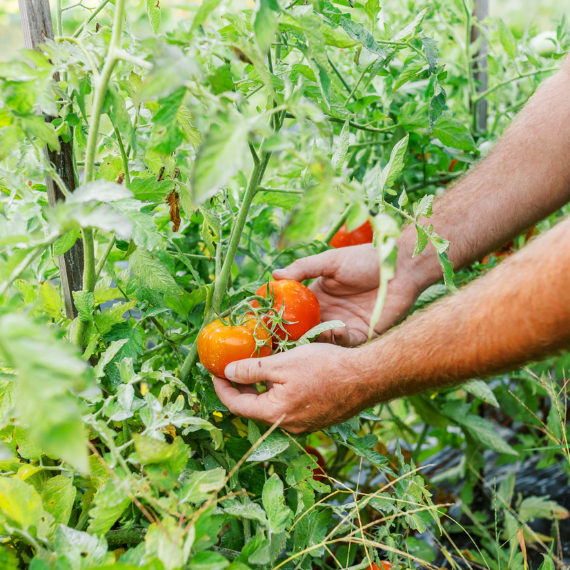
What’s more “summer” than tomatoes from the garden? Or, in Palmetto Bluff’s case–tomatoes from The Farm? We asked our newest addition to the Palmetto Bluff Club’s culinary team, Chef Beth, to share a classic summer staple from her library of recipes: Fattouche...

How did you two meet? Patti: We actually met in college but never dated. We went to Auburn University and both moved to Atlanta after graduation. He was in graduate school at Emory, and I worked as a nurse at Emory’s Children’s Hospital. Pat: Our friend grou...
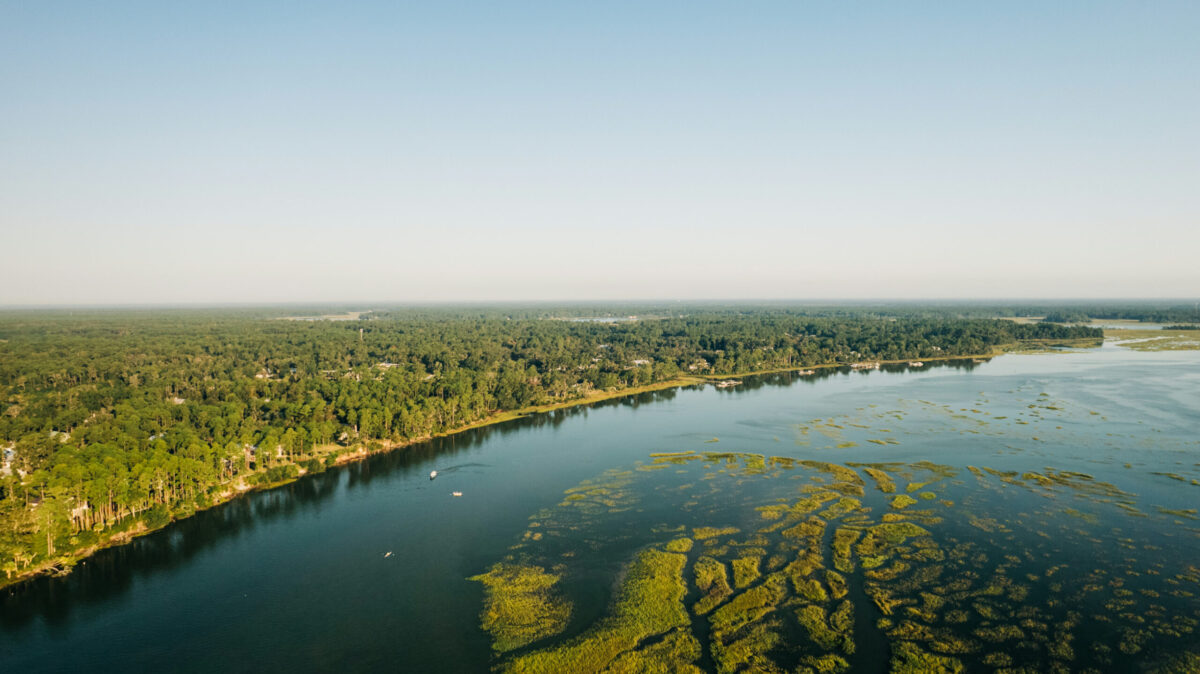
Boat The Bluff: South Carolina Waterways Imagine gliding through serene, glassy waters surrounded by lush marshlands and maritime forests. Welcome to Palmetto Bluff, South Carolina—a paradise for nature enthusiasts, water sports aficionados, and anyone seekin...
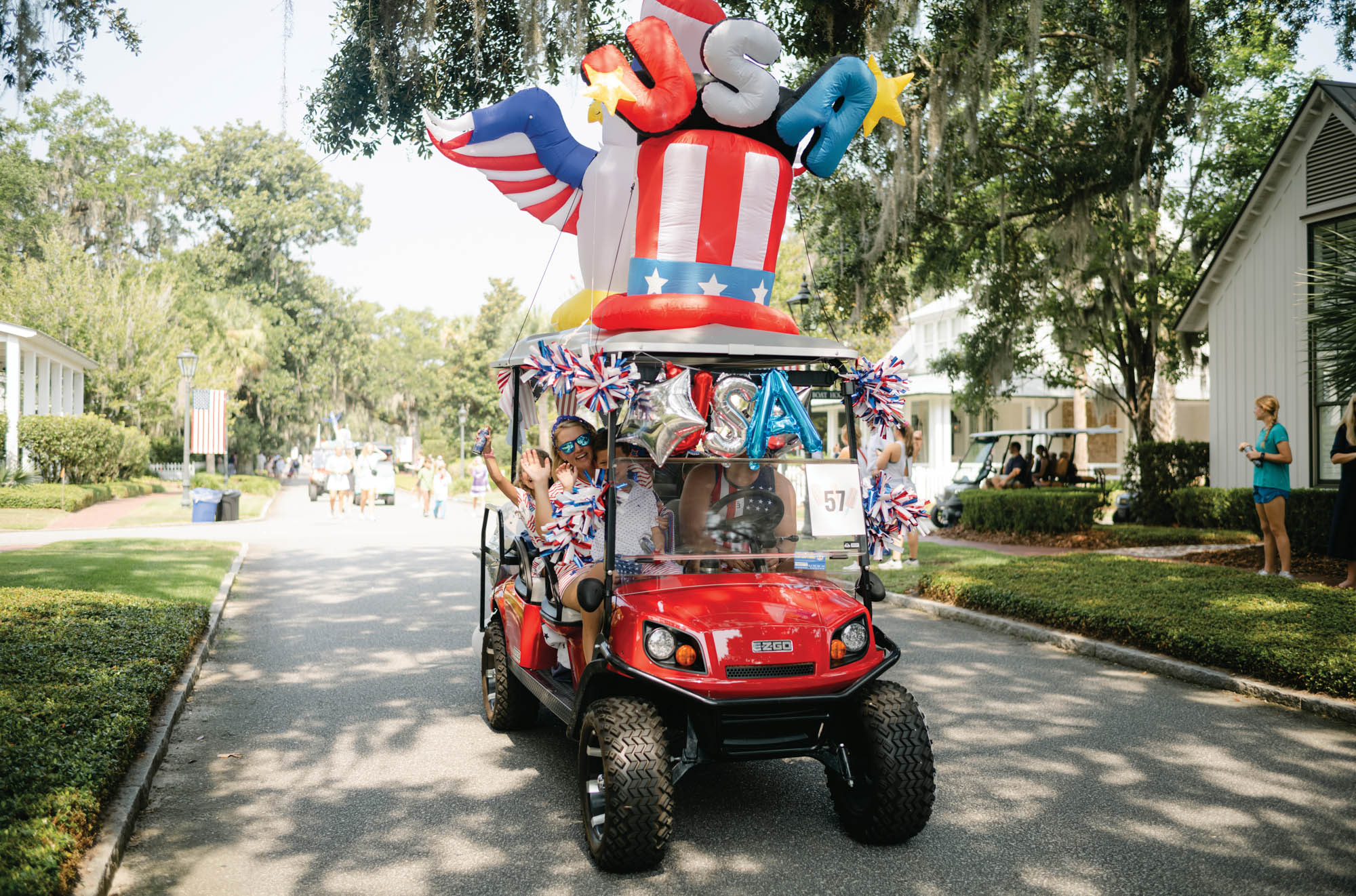
Photography by Charlotte Zacharkiw The fourth of July is the highlight of the Palmetto Bluff calendar. Follow along with the Truslow family on this magical summer day. Neal and Lauren Truslow come to Palmetto Bluff as often as they can. Their kids...
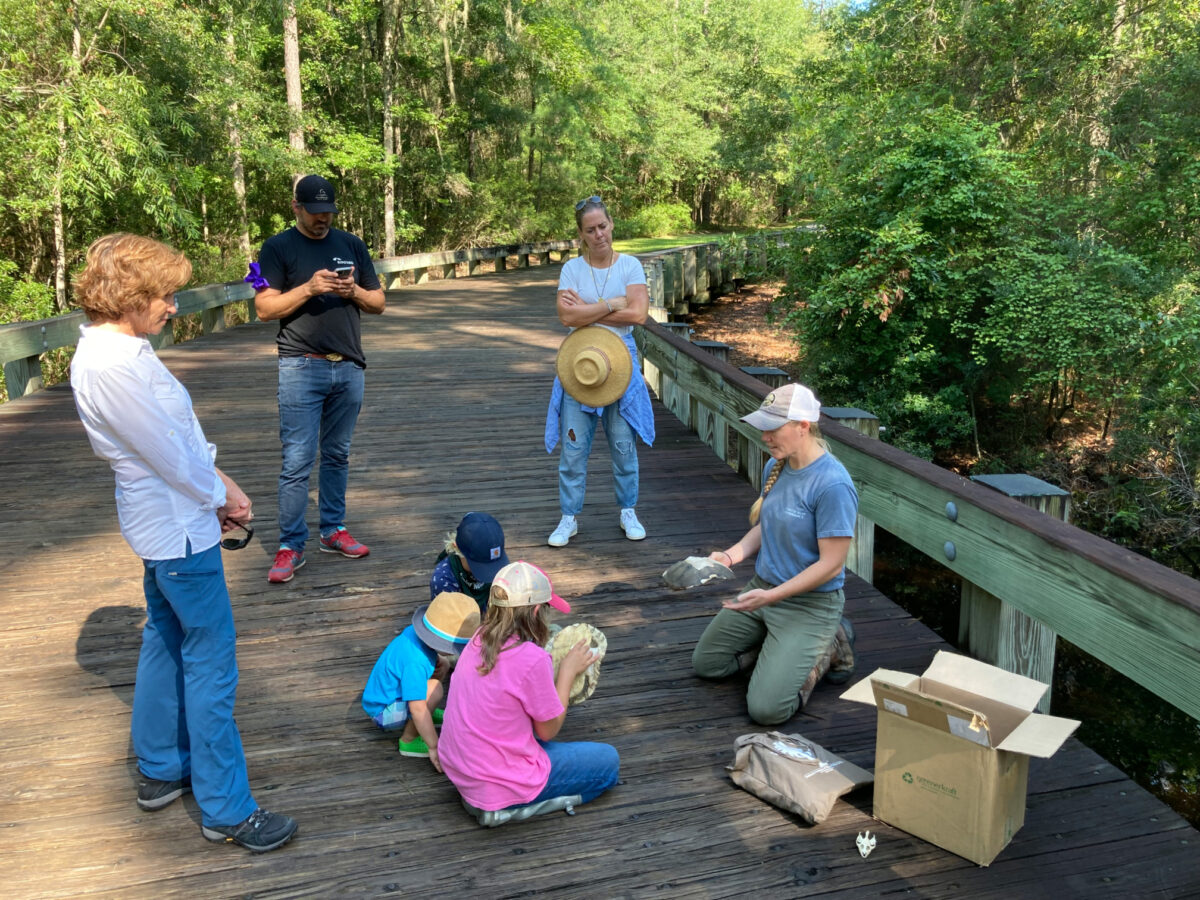
Protecting Nature and History at Palmetto Bluff In the heart of South Carolina's Lowcountry lies Palmetto Bluff, a sanctuary of natural beauty, rich history, and vibrant ecosystems. Since its establishment in 2003, the Palmetto Bluff Conservancy has been dedi...

Photography by Gately Williams Cruise Control Palmetto Bluff lies at the heart of the vast network of rivers and creeks that connect the South Carolina Lowcountry’s barrier islands. A stone’s throw from the notable cultural and historic hubs of Savannah, B...

Tracy’s Journey to Palmetto Bluff Real Estate Situated in the heart of Bluffton, South Carolina, Palmetto Bluff is more than just a community—it's a place of magic and wonder. For Tracy Schyberg, a dedicated sales executive with the Palmetto Bluff Real Estate...
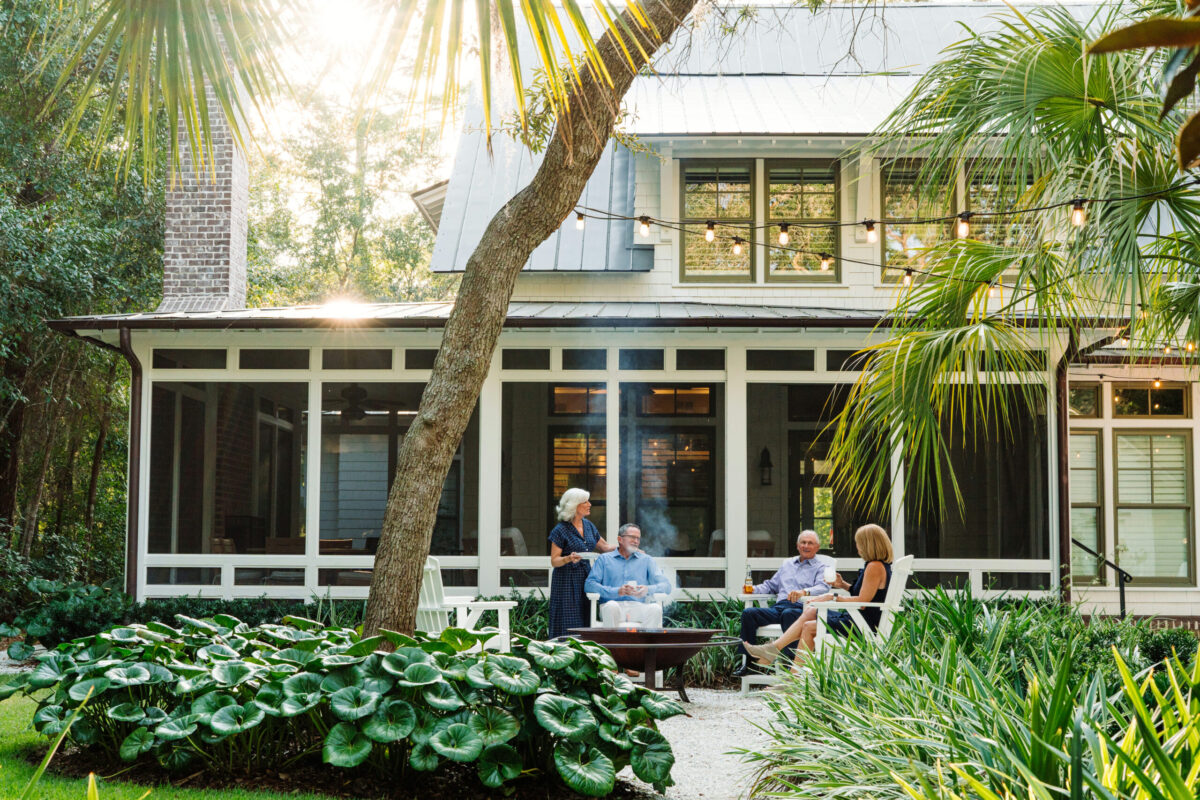
Enhancing Coastal Living With Lowcountry Landscaping Trends The Lowcountry lies along the southeastern coast of the United States, a region known for its breathtaking landscapes, rich history, and unique culture. From the charming streets of Charleston to the...
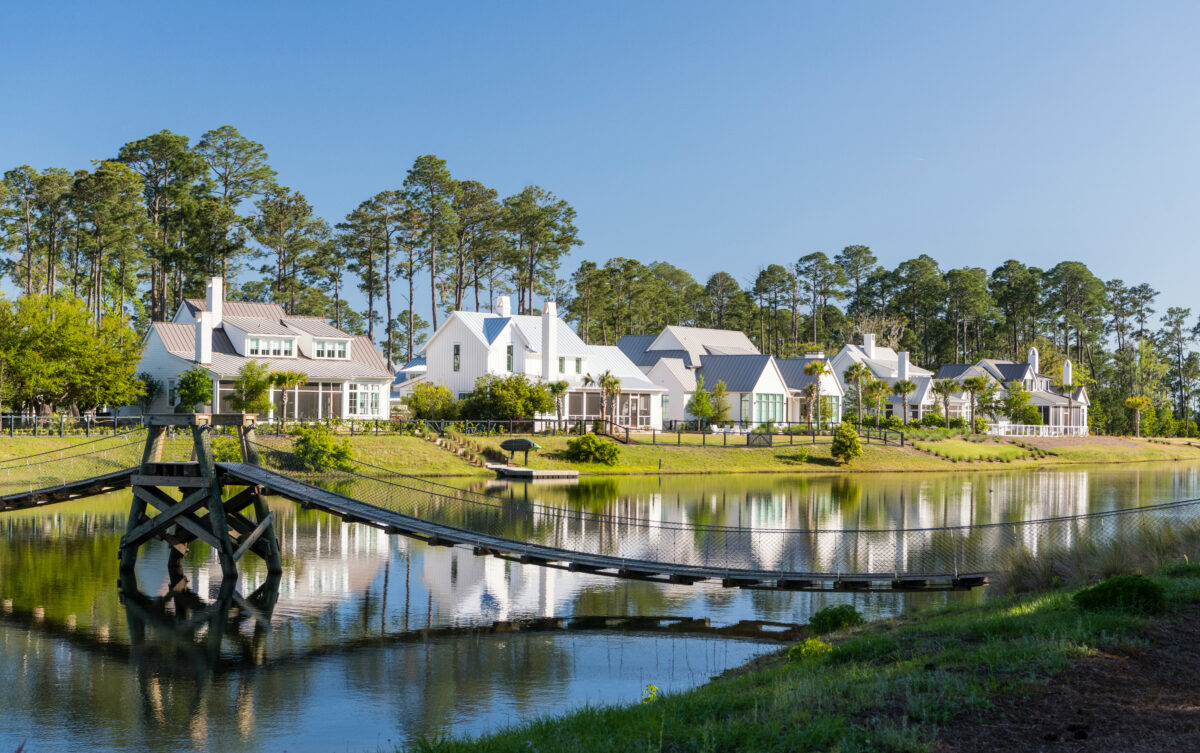
Palmetto Bluff Real Estate Available in Moreland Forest Nestled in the heart of the Lowcountry, Moreland Forest is a charming neighborhood known for its beautiful natural surroundings, Lowcountry architecture, and luxurious amenities. Within the lush forests ...
Learn about the Palmetto Bluff Conservancy and how we keep the vision of our land in place.
On land or water, there is an ever-evolving variety of activities.
We do not attempt to independently verify the currency, completeness, accuracy or authenticity of the data contained herein. All area measurements and calculations are approximate and should be independently verified. Data may be subject to transcription and transmission errors. Accordingly, the data is provided on an “as is” “as available” basis only and may not reflect all real estate activity in the market”. © [2023] REsides, Inc. All rights reserved. Certain information contained herein is derived from information, which is the licensed property of, and copyrighted by, REsides, Inc.